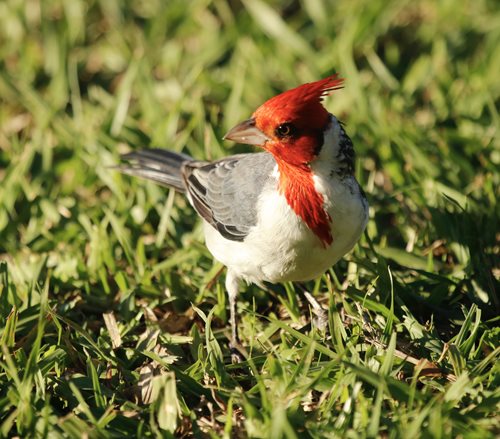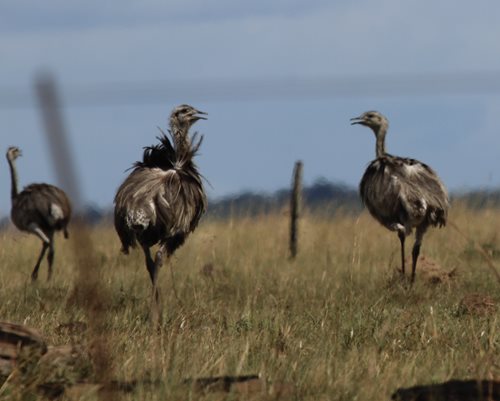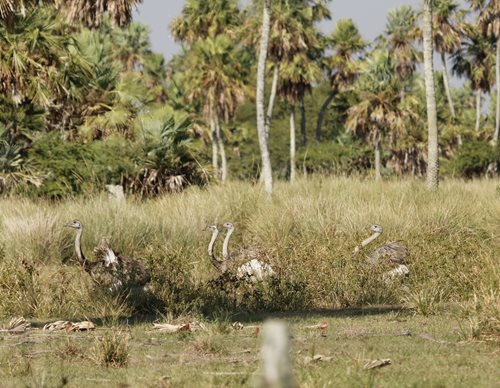During February and March we flew to Buenos Aires on a trip that took in Antarctica and four of the wonderful contrasting wildlife-rich habitats of Argentina. Here is the first of a series of blogs about our travels.
*
The world wasn’t performing as it should. The ground was moving. Inexplicably. I was tipped at an angle of 45° and the door of the air conditioned pickup I was just stepping out of was pushing me over. Somehow my shin was bloodied and I was in danger of falling under the wheels. Was this an earthquake? Is this what having a stroke is like?
Moments before, I’d uttered some unintelligible linguistic cocktail of Spanglish and Nepali which had – as I’d intended – caused Miguel, the driver, to stop the car. I rolled down the window to fire off a quick, poorly targeted shot, then in stealth mode quietly opened the door that faced away from my prey and I started to climb out. This caused my phone to leave my back pocket. I heard it fall to the ground.
Having clocked that I was interested in something behind the vehicle but not realising I was disembarking, Miguel had put the car into reverse. There was nothing wrong with my brain or my sense of balance. It wasn’t the ground that was moving but the car was going backwards. Simon and I both shrieked STOP and I was soon able to right myself. I couldn’t see my phone at first but found it lying a metre or so ahead of the vehicle. I pocketed it and walked around the back of the pickup, making sure my profile was hidden by the car. Then, stooping and watched by a couple of cows and a horse, I moved over the gravelly red dirt road and closer to the group I was hunting. Only at this point did I realise that Miguel had also exited the car and was close, loudly directing me to a good spot to fire off the perfect shot. He was more of a talker than a listener and had already shown that he didn’t know a capybara from a tapir so I wasn’t going to take his advice. I managed to quieten him and discourage him from looking after me as I moved forward, negotiating scrub and thorn bushes, edging ever closer.
This was only the fourth time I’d ever encountered these animals. They are shy, wary of humans, with reason: they are said to be good to eat and people make dusters from their feathers. There were perhaps 15, moving steadily away from me, not spooked but certainly aware humans were interested in them. They were long-legged, long-necked individuals of varying shades of grey and brown so they blended beautifully into the dry dusty palm-dotted landscape. The breeze caught their huge feathers, ruffling them and showing lighter plumes beneath. The biggest males were almost as tall as me and would have weighed around 30kg. Unlike me they are fast on their feet (they can run at 40mph) and are great at dodging and kicking. Today though they were in no rush as they meandered across the pampas.
These were greater rheas, South America’s biggest birds: flightless, three-toed, and a little smaller than African ostriches, which have only two toes on each foot. There was a shriek from a screamer and a harsh call from a scavenging hook-billed caracara. I lined up at a good angle, propped an elbow on a fence post, focussed my 400mm lens on the biggest rhea and fired off some shots. They weren’t the best photos I’d ever taken but it was exciting to be able to spend a few minutes watching such magnificent birds through my telephoto lens, seeing how the biggest males watch out for the entire flock, knowing where everyone is, sizing up threats.
Later, keen ornithologist Raphael told us how the male rhea is the main carer of his broods. Oddly he puts aside one egg in the clutch of 30 to 50 eggs that his mate lays. This is left away from the main nest. When the father bird sees his brood hatching, he brings the now-rotten egg to them and breaks it open as their first meal.
We’d been out on a couple of bird hunts with Raphael and he turned out to be a committed twitcher with international connections. We stayed at his lagoon-side hotel in Colonia Carlos Pellegrini in the province of Corrientes in NE Argentina where the birds in the garden were spectacular and confident but it took us some days to name so many unfamiliar species. Most of the animals of South America were so different to species I recognised. There were no crows, no starlings and the blackbirds were red. The open-air dining area was visited by tyrants and cow birds, field flickers and parrots, ruddy ground-doves and wood-rails, sayaca tanagers and several fine woodpecker species. My favourite birds were the feisty little red-crested cardinals. They were loud striking birds with scarlet heads, erectile crests, white bodies and grey wings and were quick to sweep in to enjoy any morsels that fell from our table. They punched well above their weight, plundering crumbs from birds over twice their size. We decided that if we could always birdwatch, sitting comfortably under a ceiling fan, sipping Andes beer, it might be a hobby we could get into with more commitment.
 |
| a red-crested cardinal |
 |
rheas are America's largest bird, standing up to a metre and a half tall;
these are panting to keep cool |

The next blog post about our travels in Argentina is
Birders' paradise